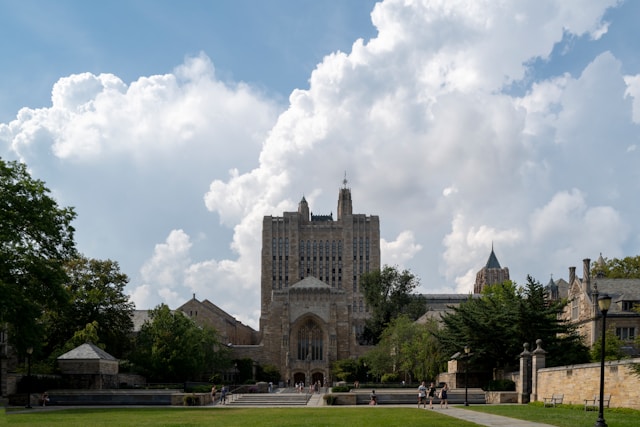Connecticut scientists have found four exotic tick species in the state. This discovery raises concerns about nonnative pests spreading through global travel.
The Connecticut Agricultural Experiment Station (CAES) says these ticks came from places as far as Central America, Africa, and Europe. People or animals traveling likely brought them in.
Explore top-rated stays with no booking fees and instant confirmation. Your dream trip starts here!
Start Exploring Now
Right now, the tick populations are too small to cause an immediate health threat. Still, the findings make it clear that residents and medical professionals across Connecticut—from Stamford to Hartford and New London to Danbury—should stay alert.
Exotic Ticks Arrive in Connecticut
Between 2019 and 2023, scientists documented four different exotic tick species in communities across the state. Towns like Greenwich, Norwalk, New Haven, and Waterbury all saw cases.
CAES entomologists traced these ticks to countries like Guatemala, Costa Rica, Belize, Tanzania, Germany, Poland, and Scotland. Experts think international travel and animal movement brought them here.
These imported ticks look a lot like familiar U.S. species such as the deer tick, lone star tick, and brown dog tick. Since these local ticks already spread serious illnesses like Lyme disease, telling them apart takes real expertise.
Current Threat Level and Public Advice
CAES says exotic tick populations in Connecticut are isolated and too small to be a big health risk right now. But scientists urge everyone to stay vigilant.
Careful tick checks before, during, and after being outdoors—especially after traveling—are really important. It’s a simple habit that could make a difference.
If you find an unusual tick on yourself, a pet, or livestock, report it to your doctor and public health officials. If you’ve traveled recently, let them know where you’ve been.
Why Monitoring Matters
CAES keeps stressing how important surveillance is—especially at airports, shipping terminals, and border inspection stations. Exotic ticks could slip in at these points without anyone noticing.
Public health experts warn that some invasive tick species are tough to control once they get established. That’s a real headache nobody wants.
Supporting Medical and Veterinary Professionals
Public health workers and clinicians in places like Middletown, Bristol, and East Hartford are learning how to tell native ticks from exotic ones. This skill is key for early prevention and control.
Exotic ticks can carry pathogens not usually seen in New England. That’s a twist that complicates things for doctors and vets.
Scientists made a notable discovery when they found two nymph-stage ticks identified as Amblyomma mixtum, a species from Central America. These ticks tested positive for Rickettsia amblyommatis.
No one’s sure yet how this bacterium affects human health, but it’s another reason to keep up the monitoring.
How Residents Can Help
CAES encourages folks to get involved in tracking exotic ticks. The agency has resources so residents can safely submit ticks for testing.
By helping out, people can support researchers as they map the spread and check for risks. It’s a small action, but it counts.
Preventive steps recommended for all Connecticut residents include:
- Conducting thorough tick checks after outdoor activities.
- Wearing long sleeves and pants in wooded, grassy, or brushy areas.
- Using EPA-approved tick repellents on skin and clothing.
- Maintaining landscaping to cut down tick habitats near homes.
- Reporting unusual tick species to CAES and local health departments.
Looking Ahead
The appearance of exotic tick species in Connecticut really highlights just how connected our world has become. Sometimes, that comes with weird or even risky surprises.
Scientists in New London, Bridgeport, and other cities are keeping a close eye on these new ticks. They’re out there collecting samples, figuring out what species have shown up, and studying them to try and stop any bigger problems before they start.
If you need more info or want to submit a tick for testing, you can reach out to the Connecticut Agricultural Experiment Station. Their official website has all the details.
Here is the source article for this story: Rare ticks made it to Connecticut by hitchhiking on human travelers
Find available hotels and vacation homes instantly. No fees, best rates guaranteed!
Check Availability Now








